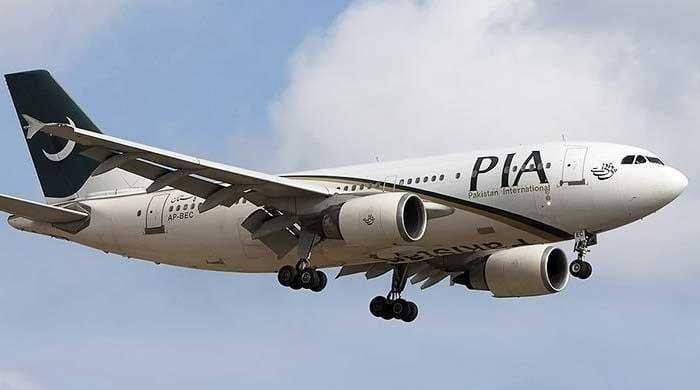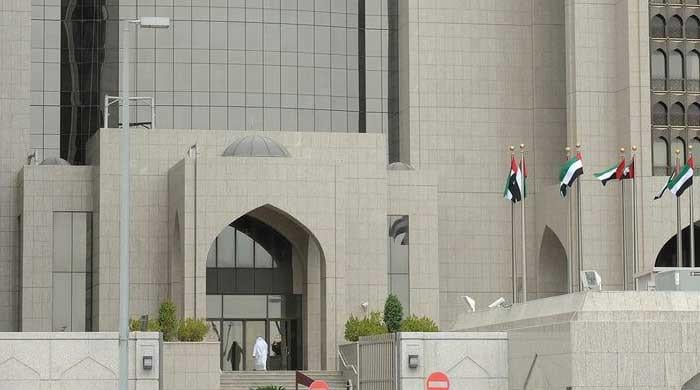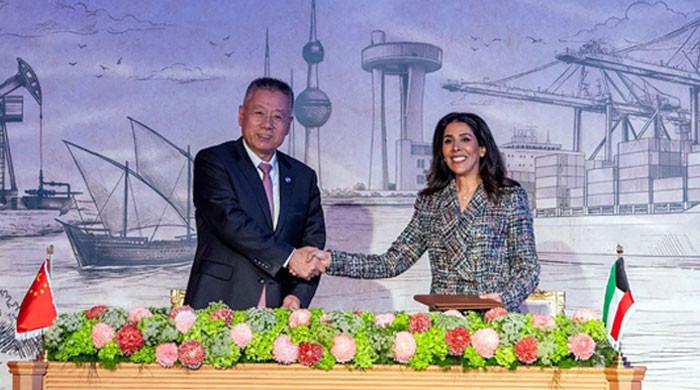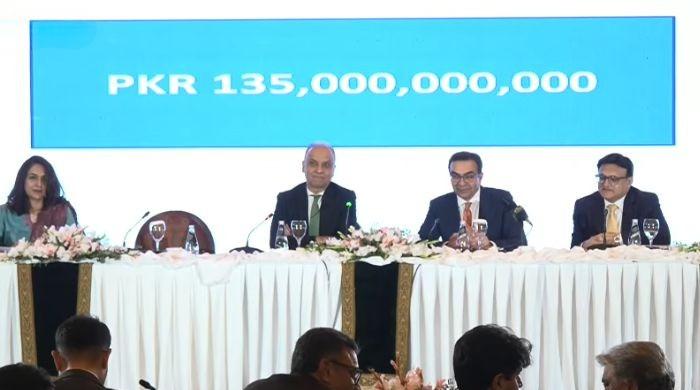Exporters expected to face challenging environment due to global coronavirus pandemic
'Import demand, despite fall in crude oil prices, is likely to increase marginally, but exports pick-up will not be able to neutralise it'
June 13, 2020
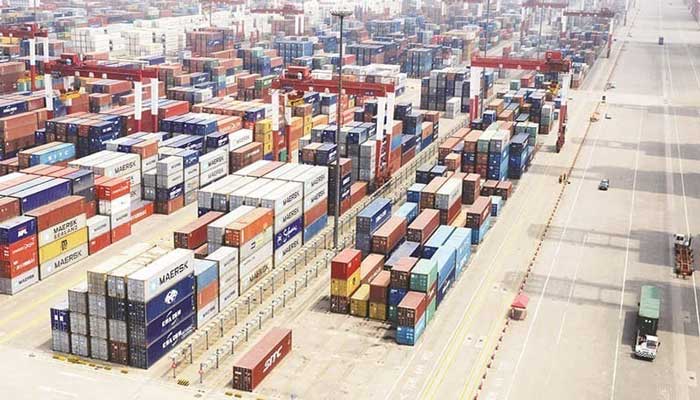
KARACHI: The government has said it expects exporters to face a challenging domestic and external environment in the upcoming fiscal year despite the resurgence of global commodity demand and revival of economic activity in the post-lockdown scenario.
“Global demand will be lower than pre-COVID period,” the Ministry of /-Planning said in a recent document.
“Import demand, despite fall in crude oil prices, is likely to increase marginally but exports pick-up will not be able to neutralise it. Resultantly, the trade deficit is projected at 7.1% of GDP. Current account deficit is projected to be at 1.6% of GDP in 2020/21, with projected growth of exports and imports of 1.5 and 1.1%, respectively.”
The planning ministry said the coronavirus had triggered a contraction in imports and exports. Remittances were also affected by global lockdowns. With estimated trade deficit at $19.6 billion and remittances at $22.3 billion, the current account deficit for 2019/20 is estimated at $3.9 billion against $13.4 billion in 2018/19.
The annual plan 2019/20 envisaged export growth of 6.2%, imports growth of 0.8%, current account deficit at 3 per cent of GDP with the underlying assumptions of global recovery, better fiscal management, revival in large scale manufacturing (LSM) sector, better business environment and improved competitiveness. External sector performance remained modest till April 2020 and current account deficit remained contained to the tone of 1.5% of GDP, while exports also witnessed a contraction of 2.4% and imports were curtailed by 17% pick-up will not be able to neutralise it.
The ministry said the economic landscape in the coming year predominantly depends upon the control of the pandemic. “Even if the lockdown is completely lifted, the second-round impact of COVID-19 is expected to keep the growth performance of the country under check,” it said. “As the quarter-long lockdown has severely affected GDP growth this year, a quick recovery is expected next year.”
The overall GDP growth is expected to pick up in 2020/21 while rehabilitation and recovery of industrial and services sectors will boost growth prospects. Monetary easing and debt relief will also improve the fiscal position. Inflation is expected to remain in single digits and the external sector will also be improved due to resumption of remittances inflow and better exports performance.
The annual plan 2020/21 envisages overall macroeconomic stability given fiscal consolidation, improving external account and revival in agriculture and industrial growth. The GDP growth for 2020/21 is targeted at 2.1% with contributions from agriculture (2.8%), industry (0.1%) and services (2.6%).
“The growth targets are subject to favourable weather conditions, post COVID-19 economic recovery, managing current account deficit, consistent economic policies and aligned monetary and fiscal policies,” said the ministry.
The annual plan for 2019/20 envisaged growth of GDP at 4.0% based on contributions from agriculture (3.5%), industry (2.3%) and services (4.8%).
“However, extreme weather conditions and sequencing of reform-related interruptions have weakened the chances of achieving targeted growth and before COVID-19 the expectations of growth around 3 per cent were strong,” the ministry added. “Closure of economic activity due to COVID-19 related health hazard was expected to have an extremely adverse impact on the economy. However, due to the enforcement of smart lockdown, this impact was minimized to ascertain that the economic growth might not fall massively.”
Economic growth was recorded at negative 0.4% in the current fiscal year. The GDP growth was envisaged to come from the high agriculture sector, revival in industrial sector and large scale manufacturing sector, pick up in private sector credit and spillover of completed China-Pakistan Economic Corridor projects amid steady energy supply and investment-friendly environment. “These factors were undermined by the disruptive impact of COVID-19 related shutdown in the economy.”
Originally published in The News




